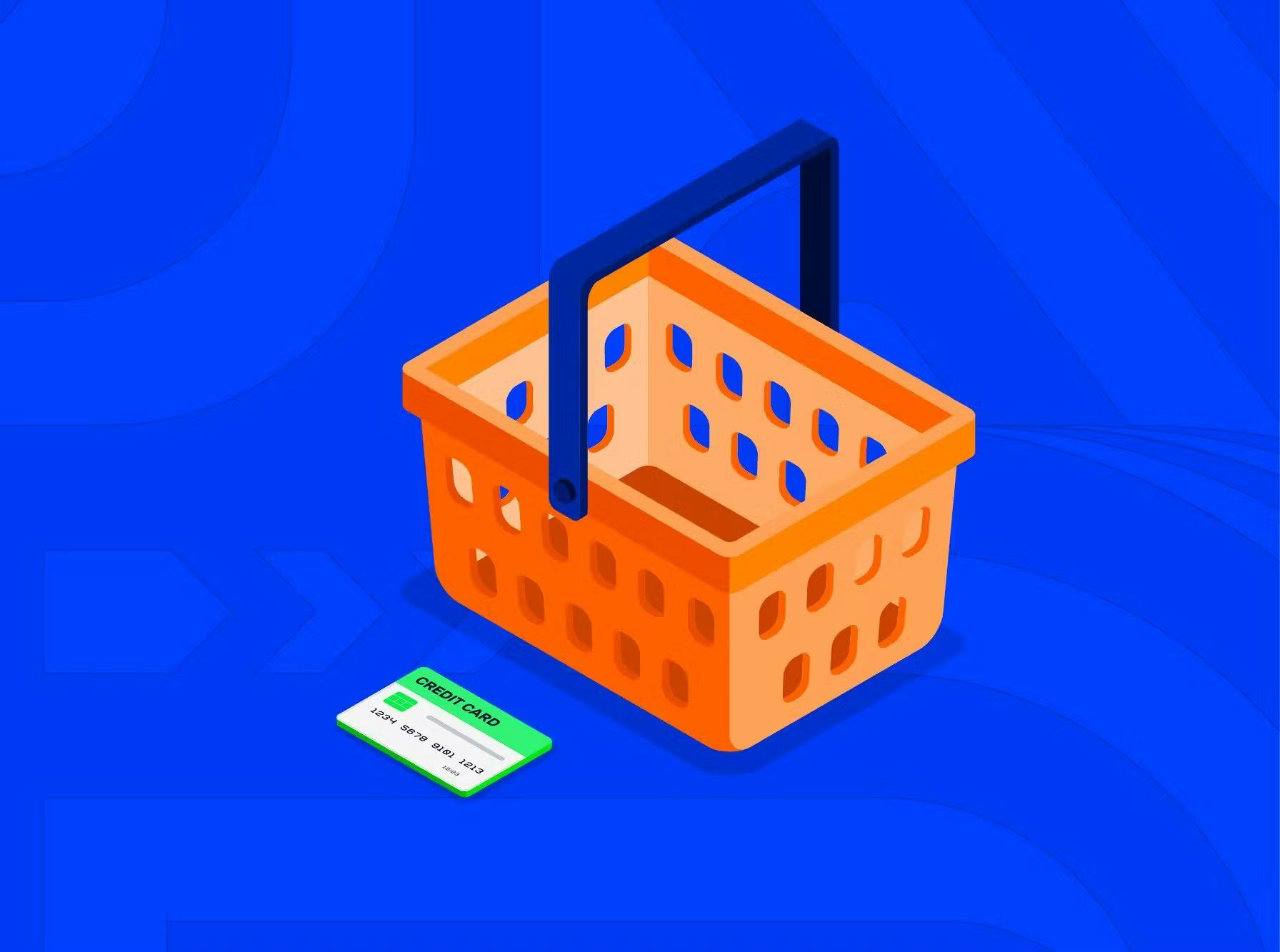In modern eCommerce, the speed and convenience of payment directly affect the success of a business. Customers expect transactions to be instantaneous, without additional barriers, and with maximum security. That is why more and more companies are considering how to switch to a new payment system without risk or loss of income.
In this article, we will look at why the integration of modern payment services has become a trend, what preparation steps will help you avoid mistakes, how to choose a payment system for your business, and how to organize a secure transition without interrupting your company's operations.

 Most Popular Payment Methods in the World: Analysis by Markets
Most Popular Payment Methods in the World: Analysis by Markets How to Increase Conversions in an Online Store with a Checkout Page
How to Increase Conversions in an Online Store with a Checkout Page How Tranzzo Simplified the Payment Process for Tickets.ua
How Tranzzo Simplified the Payment Process for Tickets.ua Integrating Multiple Payment Methods: Challenges and Solutions
Integrating Multiple Payment Methods: Challenges and Solutions Abandoned Shopping Carts: Why Businesses Lose Revenue and How to Increase the Number of Successful Payments
Abandoned Shopping Carts: Why Businesses Lose Revenue and How to Increase the Number of Successful Payments

